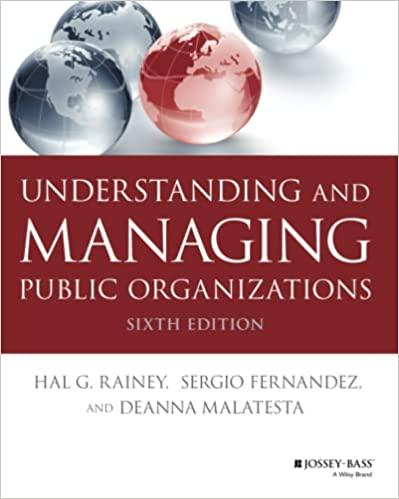Answered step by step
Verified Expert Solution
Question
1 Approved Answer
Benefits of the Human Relations Approach The human relations approach emphasizes the importance of understanding and managing the relationships between employees within an organization. It
Benefits of the Human Relations Approach The human relations approach emphasizes the importance of understanding and managing the relationships between employees within an organization. It recognizes that employees are not just resources, but individuals with unique needs, motivations, and emotions. Here are some benefits of the human relations approach: Improved employee satisfaction and morale: By focusing on building positive relationships and creating a supportive work environment, the human relations approach can enhance employee satisfaction and morale. This can lead to increased motivation, productivity, and loyalty. Enhanced teamwork and collaboration: The human relations approach emphasizes the importance of effective communication, cooperation, and teamwork. By fostering a culture of collaboration, organizations can benefit from improved problem-solving, creativity, and innovation. Reduced conflicts and improved conflict resolution: Understanding and addressing the underlying causes of conflicts is a key aspect of the human relations approach. By promoting open communication, empathy, and conflict resolution skills, organizations can minimize conflicts and create a harmonious work environment. Increased employee engagement and commitment: The human relations approach recognizes the importance of involving employees in decision-making processes and valuing their contributions. This can lead to higher levels of employee engagement, commitment, and a sense of ownership in the organization's goals and objectives. Contributions of Mary Parker Follett, Elton Mayo, and Douglas McGregor Mary Parker Follett: Follett emphasized the importance of collaboration and cooperation in organizations. She advocated for the integration of different perspectives and the use of power-sharing and participative decision-making processes. Apple can apply Follett's ideas by promoting cross-functional collaboration, encouraging employees to share their ideas and opinions, and involving them in decision-making processes. Elton Mayo: Mayo conducted the famous Hawthorne studies, which highlighted the significance of social factors in the workplace. He found that factors such as attention, recognition, and a sense of belonging can significantly impact employee motivation and productivity. Apple can apply Mayo's findings by creating a positive work environment, providing regular feedback and recognition, and fostering a sense of community and belonging among employees. Douglas McGregor: McGregor proposed the Theory X and Theory Y, which describe two contrasting assumptions about employee motivation and behavior. Theory X assumes that employees are inherently lazy and need to be closely controlled, while Theory Y assumes that employees are self-motivated and can be trusted to take responsibility. Apple can apply McGregor's theories by adopting a Theory Y approach, trusting employees, empowering them, and providing opportunities for growth and development. By incorporating the contributions of Follett, Mayo, and McGregor, Apple can create a work environment that values collaboration, communication, employee engagement, and empowerment. This can lead to improved employee satisfaction, productivity, and overall organizational success
Step by Step Solution
There are 3 Steps involved in it
Step: 1

Get Instant Access to Expert-Tailored Solutions
See step-by-step solutions with expert insights and AI powered tools for academic success
Step: 2

Step: 3

Ace Your Homework with AI
Get the answers you need in no time with our AI-driven, step-by-step assistance
Get Started


